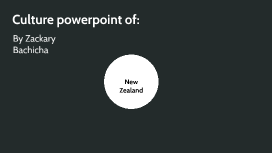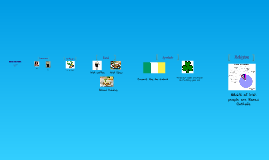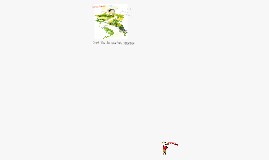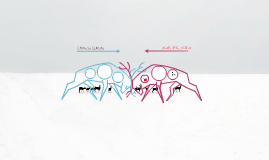Chinese Culture
Transcript: Chinese Family Concept Lifestyle and Culture New Year or Spring Festival (Jan 1) Arbor Day (Mar 12) Lantern Festival Qing Ming Festival (Apr 5) Dragon Boat Festival (The second day of the second lunar month) Army Day (Aug 1) National Day (Oct 1) The Double Ninth Festival Double Seventh Festival Mid-Autumn Festival Dance A Chinese opera (Beijing opera) performance in Beijing In traditional Chinese culture, the family is the basic unit of society, while individuals are only one part of the family. The blood relationship between the father and son is the most important element of society. The extended families of old had "four generations living under one roof". The so-called "four generations under one roof" meant the cohabitation of the father and mother, son and daughter-in-law (or daughter and son-in-law), grandson and granddaughter-in-law, the great-grandson and the great-granddaughter. While modern families increasingly include only two generations living together, the tradition and the ideal of four generations living together still remains. Music Sculpture Taoism Buddhism Christianity Islam Judaism photo credit Nasa / Goddard Space Flight Center / Reto Stöckli Chuan (Szechuan) Tibetan cuisine - Tibetan cuisine is traditionally served with bamboo chopsticks, in contrast to other Himalayan cuisines, which are eaten by hand. Mongolian Hotpot Xinjiang Islamic BBQ - Signature ingredients include roasted mutton, kebabs, roasted fish and rice. Min (Fujian) - Fujian cuisine is often served in a broth or soup, with cooking techniques including braising, stewing, steaming and boiling. Xiang (Hunan) - Hunan cuisine is well known for its hot spicy flavor,[6] fresh aroma and deep color. Painting Chinese food Ethnic minorities in China Religion in China The Han Chinese are the largest ethnic group, where some 91.59% [1] of the population was classified as Han Chinese (~1.2 billion). Besides the majority Han Chinese, 55 other ethnic groups are recognised in mainland China by the PRC government, numbering approximately 105 million people, mostly concentrated in the northwest, north, northeast, south, and southwest but with some in central interior areas. The major minority ethnic groups are Zhuang (16.1 million), Manchu (10.6 million), Hui (9.8 million), Miao (8.9 million), Uyghur (8.3 million), Tujia (8 million), Yi (7.7 million), Mongol (5.8 million), Tibetan (5.4 million), Buyei (2.9 million), Dong (2.9 million), Yao (2.6 million), Korean (1.9 million), Bai (1.8 million), Hani (1.4 million), Kazakh (1.2 million), Li (1.2 million), and Dai (1.1 million). It is generally agreed that there are six types of classical arts: poetry, dance, music, painting, architecture and sculpture; poetry further gives birth to literary essays, fiction and drama. China has a long history, so all six classical arts flowered in ancient China. Chinese Festivals

















